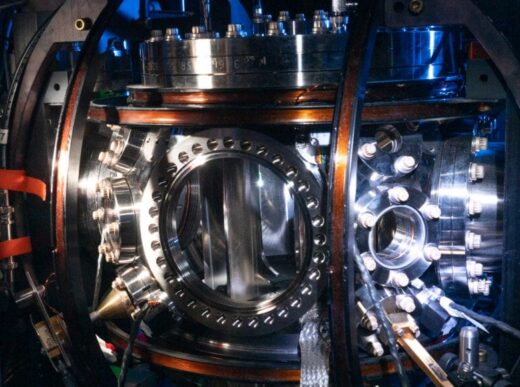On 4 October 2022, the Royal Swedish Academy of Sciences announced the winners 2022 Nobel Prize in Physics “for experiments with entangled photons, establishing the violation of Bell inequalities and pioneering quantum information science.”
The experiments conducted by Aspect, Clauser and Zeilinger have been instrumental in furthering our understanding of quantum mechanics and have laid the foundation for quantum information science. By violating the Bell inequalities, these experiments showed that quantum mechanics is fundamentally different from classical mechanics and that quantum entanglement is a real phenomenon. These results have been used to develop quantum technologies that are now being used to secure communications and enable quantum computing.
The award of the Nobel Prize in Physics to Aspect, Clauser and Zeilinger is a well-deserved recognition of their groundbreaking work. It is also a timely reminder of the potential of quantum information science to revolutionize our understanding of the world and to enable new technologies that could change the way we live.
Einstein was wrong
Quantum entanglement, is a notable phenomenon from quantum theory. The theory has withstood the test of time, with more and more precise experiments carried out over the years that have shown that Einstein was wrong and that quantum mechanics is a complete theory. The phenomenon of quantum entanglement is now well-understood and is used in various technologies such as quantum computing and quantum cryptography.
It is interesting to note that even though quantum entanglement has been experimentally verified many times over, there is still no consensus on what exactly it is. Many different interpretations of quantum mechanics have been proposed, and each of them offers a different explanation of quantum entanglement. The most popular interpretation, the Copenhagen interpretation, says that quantum entanglement is a purely physical phenomenon, and has no counterpart in the classical world. This means that when two particles are entangled, their properties are not just correlated, but are actually intrinsically linked.
Other interpretations, such as the many-worlds interpretation, say that quantum entanglement is a sign of a much richer underlying reality, where each particle is actually in a superposition of many different states. According to this interpretation, when two particles are entangled, they are actually each in a different parallel universe, and the entanglement is a sign of a kind of connection between these universes.
Whatever the true nature of quantum entanglement may be, it is clear that it is a phenomenon that is at the heart of quantum mechanics and is one of the most intriguing aspects of the theory.















